Jute Cultivation: Jute, also known as the golden fiber, is one of the most widely cultivated and valuable crops in the world. This versatile crop has been a major source of income for millions of farmers around the globe, especially in India and Bangladesh. Jute cultivation is not only profitable, but also a sustainable and eco-friendly option for farmers.
In this article, we will discuss the benefits of jute cultivation, the cultivation process, and the challenges faced by farmers in the jute industry.
Benefits of Jute Cultivation:
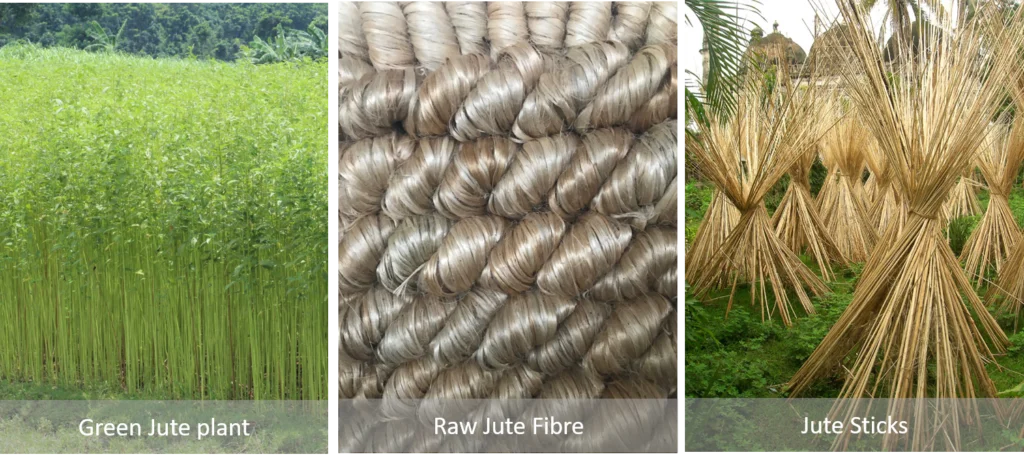
- Lucrative Crop: Jute is a high-value crop that has a strong demand in the global market. According to a report by the United Nations Conference on Trade and Development (UNCTAD), the global jute market is projected to grow at a rate of 4.5% per year, reaching $3.7 billion by 2025. This makes jute cultivation a profitable business for farmers.
- Sustainable Crop: Jute is a sustainable crop that requires less water and fertilizers compared to other crops. It is also a carbon-neutral crop, meaning it does not contribute to greenhouse gas emissions. Furthermore, jute plants have a deep root system that helps to prevent soil erosion and improves soil fertility.
- Diverse Applications: Jute has diverse applications in various industries such as textiles, packaging, paper, and construction. Jute fibers are strong, durable, and biodegradable, making them an eco-friendly alternative to synthetic materials.
Cultivation Process:
- Land Preparation: The land is prepared by plowing and harrowing to create a fine seedbed. Organic manure is added to the soil to improve its fertility.
- Seed Sowing: The seeds are sown in rows at a distance of 20-25 cm. The ideal time for sowing is between March and May, depending on the region and climate.
- Irrigation: Jute requires regular irrigation, especially during the early growth stage. The first irrigation is done 5-7 days after sowing, and subsequent irrigations are done at intervals of 10-12 days.
- Weed Control: Weeds can compete with jute plants for nutrients and water. Therefore, it is important to control weeds through manual weeding or by using herbicides.
- Harvesting: Jute plants are ready for harvest after 120-150 days of sowing. The plants are cut close to the ground and left to dry for a few days. The fibers are then separated from the stems through a process called retting.
Challenges Faced by Jute Cultivation Farmers:
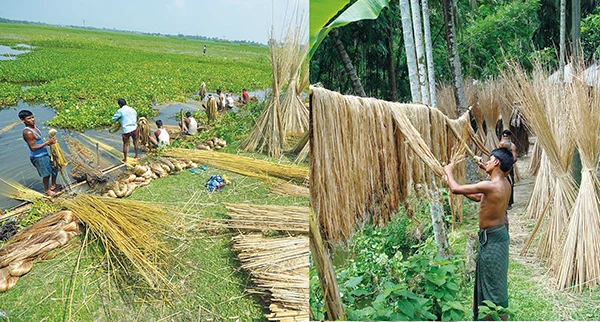
- Price Fluctuations: Jute prices are highly volatile, and farmers often face price fluctuations due to changes in global demand and supply. This can result in significant losses for farmers who are heavily dependent on jute cultivation.
- Lack of Credit: Access to credit is a major challenge for small-scale jute farmers. Banks and financial institutions often consider jute cultivation a risky business, making it difficult for farmers to obtain loans and credit.
- Limited Market Access: Many jute farmers lack access to the global market, and are forced to sell their produce at low prices to local intermediaries. This limits their income potential and makes it difficult for them to compete in the global market.
Jute cultivation is a sustainable and lucrative business that can provide significant income to farmers. Despite the challenges faced by farmers, jute remains an important crop for millions of people around the world. Governments and other stakeholders can support the jute industry by providing farmers with access to credit, improving market access, and promoting sustainable farming practices.
Read Also: Cotton Cultivation
![]()

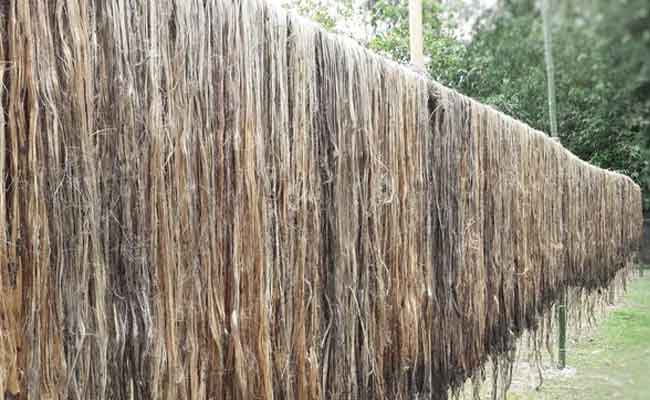

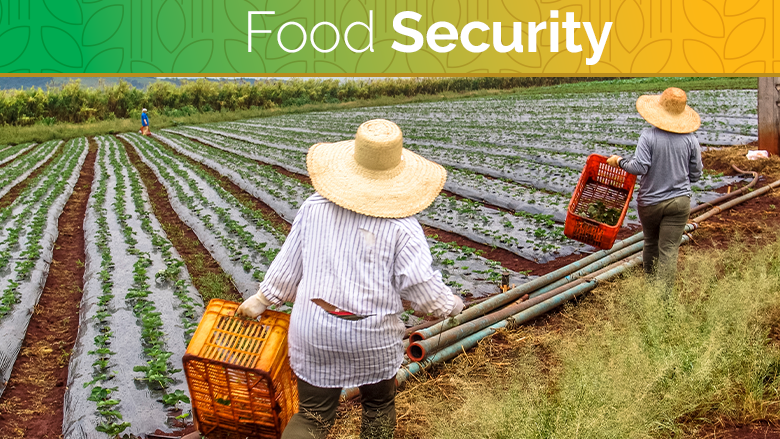
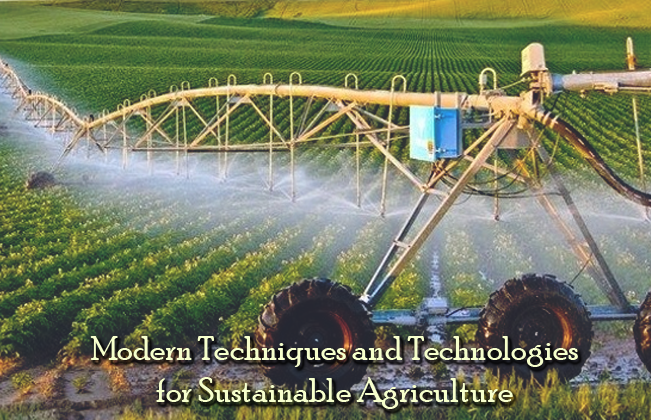

One thought on “Jute Cultivation”